Table of Contents
Vegetables and fruits are an important part of a healthy lifestyle and a source of vitamins, minerals or fiber. Unfortunately, not every fruit and vegetable is available on store shelves throughout the year. Fresh and frozen products often differ mainly in price, and many of us tend to prefer fresh products over frozen ones. Is the frozen or canned variant equally healthy or does its nutrient content differ significantly? Learn about the differences between fresh, frozen and canned vegetables and fruits.
Fresh or frozen? Fresh products may not be healthier
Fresh vegetables and fruits are considered the healthiest options on store shelves, but this may not be the case. It also does not have to true that vegetables that ripen during transport to shops do not have time to ripen, so they are automatically less nutritious. Plants absorb a high part of minerals even during the first stages of growth. You can find fresh products on the shelves in the following forms [2]:
- Postharvest ripened – fruit or vegetables are harvested before ripening and ripen during transport
- vine ripened – products are harvested and sold after ripening, these products can be found, for example, in vegetable markets
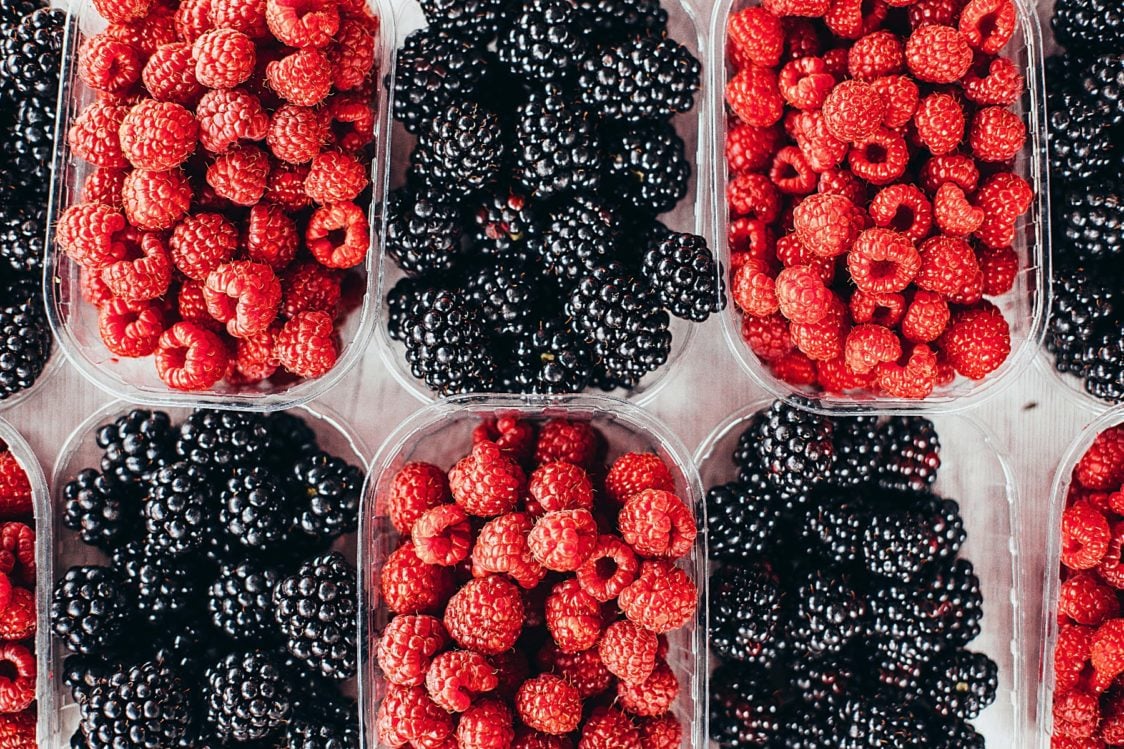
The surprising fact is that according to several studies, fruit or vegetables ripened after harvest may not be a worse choice. In addition to soil, the nutrient content of products depends on other factors, such as weather, season, method of cultivation or duration and method of storage. It means that in order to obtain vitamins and other nutrients, the fruit does not necessarily need to be in the country for as long as possible. [2]
Vegetables or fruits obtain nutrients from the soil, so collecting them seems to “get rid” of the source of nutrients. However, after harvest, they use the obtained nutrients to keep the tissue cells alive and therefore break them down. Some of the nutrients are more sensitive than others, for example vitamin C. A 2007 study states that, for example, a spinach loses its entire vitamin C content in 7 days at room temperature (20 ° C). Compared to spinach, carrots handle room temperature better because they lose only 27% during the same time. In the case of the fresh variant, spinach is definitely better to put in the refrigerator, so in 7 days you will lose only 75% of the vitamin C content. The loss of vitamin C in some types of vegetables and methods of their storage are well declared in the table from the above research. The values given represent a loss in percentage, which varies depending on the storage conditions [3] [4]:
Fresh, 20 °C, 7 days (% dry weight) | Fresh, 4 °C, 7 days (% dry weight) | Frozen, -20 °C, 12 months (% dry weight) | |
|---|---|---|---|
| Broccoli | 56 | 0 | 10 |
| Carrots | 27 | 10 | |
| Green beans | 55 | 77 | 20 |
| Green peas | 60 | 15 | 10 |
| Spinach | 100 | 75 | 30 |
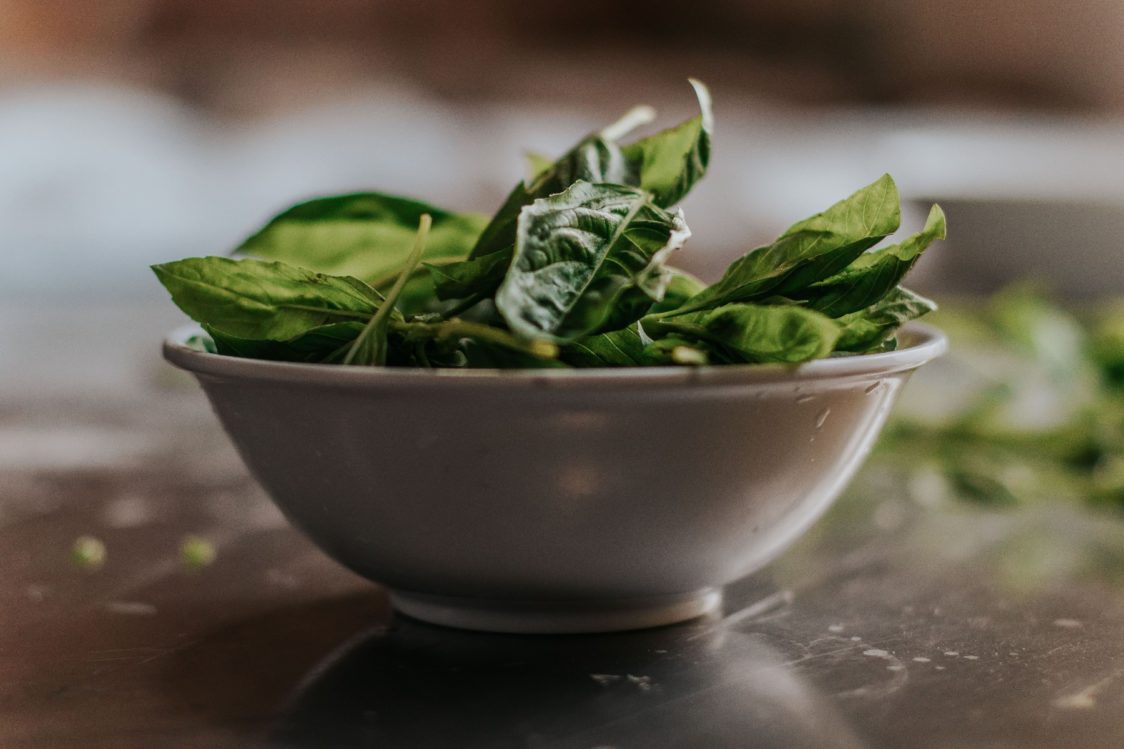
Benefits of frozen fruits and vegetables
For many people, frozen fruits or vegetables are only a second choice, perhaps because they are often sold in opaque packaging. In addition, the notion that these are lower quality products is quite widespread. However, you can find healthy products in the freezer boxes of your supermarket, and here are 5 reasons to consider frozen goods [1] [2] [7]:
- It can be as nutritious as it is fresh – the freezing process does not destroy all the nutrients in fruit or vegetables. The nutrient content can be reduced for both fresh and frozen products, while in some cases freezing will ensure a less substantial reduction. If the frozen product is stored for a long time, some nutrients may break down. This process can start for some nutrients when stored for more than 1 year.
- It has time to ripen – several fresh products are collected before ripening, because they often travel to our counters from a completely different part of the world. Most frozen products are processed immediately after harvest, so they have time to ripen and contain vitamins, minerals or antioxidants. However, this is not the rule, as fruits and vegetables can synthesize nutrients even after harvest.
- It’s an easier choice – do you have cravings for raspberries or blueberries, but don’t want to go to the store? Take a look in your freezer. Frozen vegetables and fruits are always at hand and you don’t have to bother looking for fresh variants.
- It does not contain additives – the best thing to do is always make sure to check the ingredients, but finding vegetables or fruits without additives is not such a problem. The freezing itself preserves, so you do not need other supplied preservatives.
- Prevents the spread of microorganisms – pathogenic bacteria and other microorganisms can multiply on food and cause its toxicity. Food poisoning is a serious matter, so it is necessary to prevent the spread of pathogens that produce toxins. Keeping food in the freezer is better than a refrigerator in terms of safety. The common temperature in the freezer is -18 ° C and in the refrigerator 4 ° C, and even in the refrigerator it is possible that some “bad” bacteria will spread. However, this does not mean that you should be afraid of food poisoning from food that you put in the refrigerator. The freezer is only a safer option, for a better overview we present the minimum temperature required for the spread of some microbes [2]:
You might be interested in these products:
The minimum temperature required for the spread of microbes in °C | |
|---|---|
| Escherichia coli | -2 |
| Carnobacterium (several species) | -1.2 |
| Listeria monocytogenes | -0.4, 0.5, 1 |
| Salmonella (several species) | 5.2, 6.7 |
| Staphylococcus aureus | 6.7, 7 |
| Campylobacter jejuni | 30, 31 |
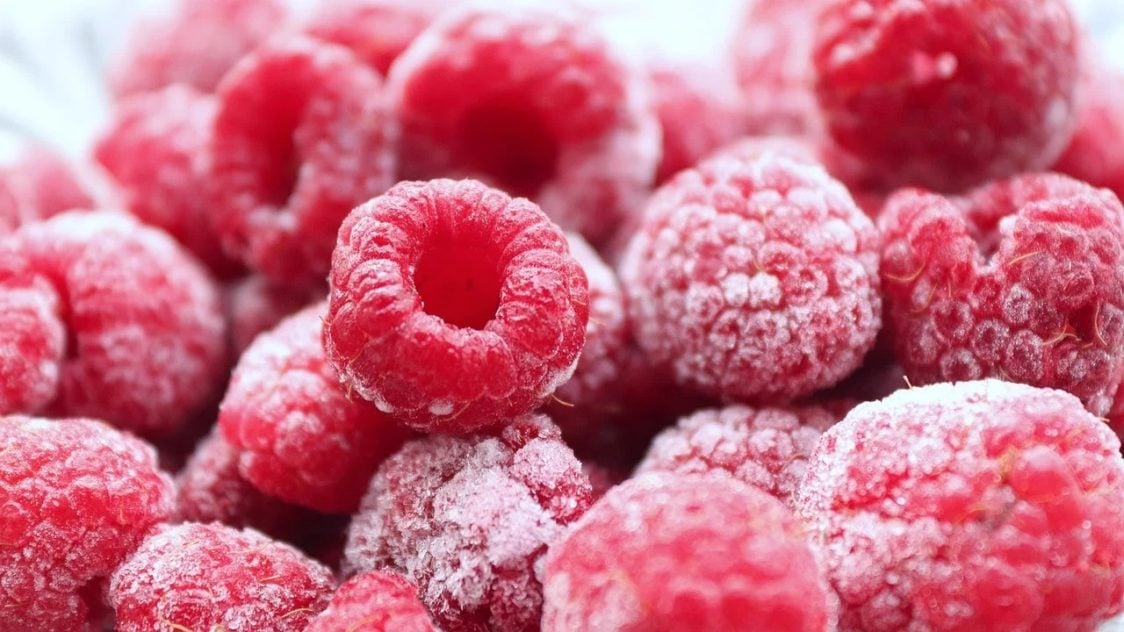
Blanching – gets rid of bacteria, but also vitamins
Blanching is a process and cooking technique in which fruit or vegetables are placed in boiling water or steam for a short time. Blanching should be followed by cooling to stop the cooking process. Its purpose is to stop the natural activity of enzymes of raw fruits or vegetables, which can cause a loss of color, taste and texture. Each type is blanched at a different time interval, for example tomatoes for 30 seconds or cauliflower for up to 3 minutes. The purpose of blanching is also to cleanse organisms and dirt, but also to slow down the loss of vitamins. When cooking, blanching is also necessary for the separation of the skin, because after blanching, tomatoes or almonds peel better. [8] [9]
Blanching is a process that affects the content of vitamins and other nutrients. In the case of vitamins, it is necessary to distinguish between water-soluble and fat-soluble vitamins. Hot water protects fat-soluble vitamins A, D, E a K from being broken down. However, heat treatment has a negative effect on water-soluble vitamins, such as vitamin B1, folic acid and vitamin C. The loss of nutrients due to blanching varies according to the type of vegetable and duration of blanching. It can represent 50% on average, but the reduction range can be from 10 to 80%. It is different with minerals, because blanching preserves 78-91% of minerals. [7] [10]

Canned vegetables and nutrients
Canned fruits and vegetables are practical and available in various forms and volumes. However, the question remains as to their quality and nutrient content compared to frozen and fresh form.
In general, canned fruits and vegetables can undergo several adjustments. Additives and salt are often added, but blanching or putting into syrup is also common. These adjustments may be one of the reasons why some consumers have excluded them from their diet. [2]
Canned fruits and vegetables are just as practical as frozen ones. The only difference is that instead of a freezer, you look for them in your pantry. As we already mentioned, they can go through several processes during production. If you are looking for a healthy product, try to focus on 2 important attributes – salt and sugar. Salt or sodium is added for preservation purposes, but products with no added salt or low sodium content are an ideal choice. Sugar is similar, for a healthier alternative look for fruit marinated in water or in its own juice. It’s not difficult, it just wants the desire to read and compare the information on the packaging. In addition, cans have another advantage that should not be forgotten, and that is often long shelf life. [11]
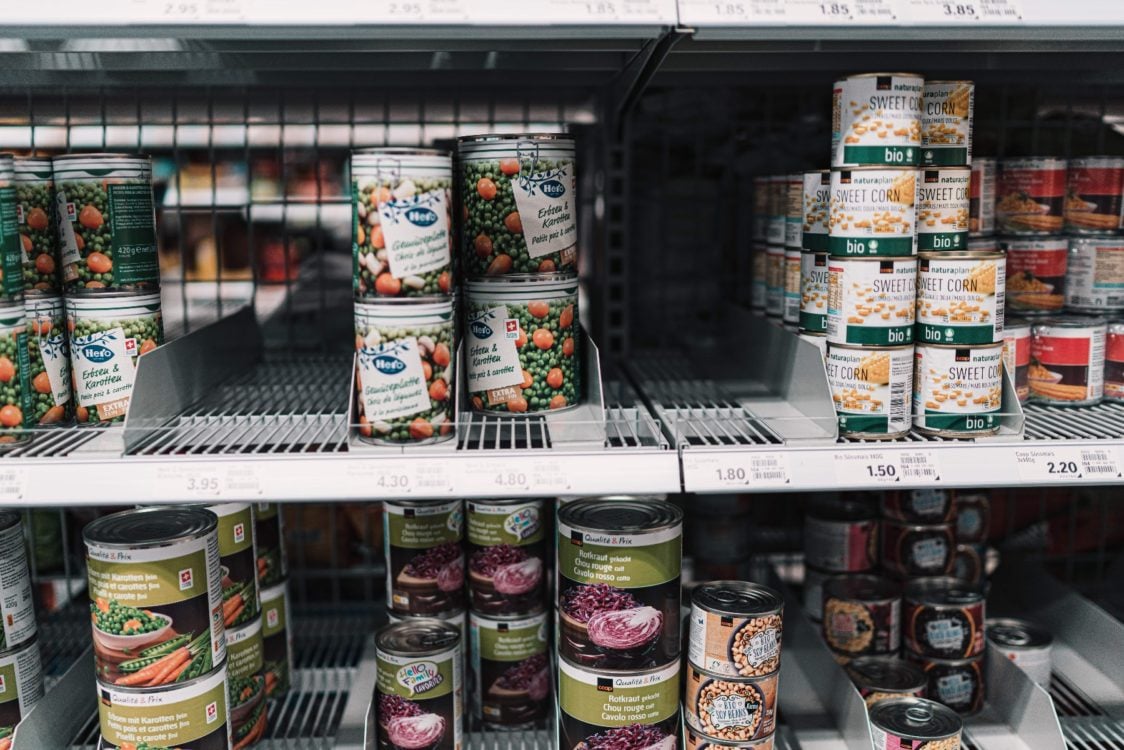
Final comparison of nutrients according to processing
In her article, health and fitness expert Natalie Digate Muth provides an overview of the change in nutrient content according to the preparation of vegetables or fruits. It is based on the work of Rickman, Barrett and Bruhn from 2007, which are exceptional in their content and can be found in the sources of our article [5] [6]:
- Minerals, fiber, carbohydrates, proteins and fats – whether fresh, canned or frozen vegetables and fruits – their values are generally the same. Loss of fiber can only occur if the vegetables are physically separated. If the skin or outer layer was removed, a decrease in fiber was found in the products.
- Vitamin A, Carotenoids and vitamin E – The decrease in nutrients varies depending on the particular vegetable or fruit. Blanching causes lost of only a small amount of water-soluble vitamin, which means that the canned and frozen form is almost as nutritious as fresh. Canned tomatoes have the most beta carotene, similar to frozen peas and fresh green beans. The highest beta carotenewas found in these forms.
- Vitamin C – one of the problematic components, because it is sensitive to light, heat and oxygen. Long storage of fruit reduces its content, as well as it gets lost during canning. If your goal is to consume fruits and vegetables for vitamin C content, avoid long-term storage at inappropriate temperatures.
- B vitamins – the best source of these vitamins is fresh fruit. Its content decreases, for example, in blanching, because “B vitamins” are sensitive to light and heat, similar to vitamin C.
Are you interested in the sensitivity of vitamin C to heat and light? To learn more about the importance of vitamin C, read our article – Vitamin C: everything you need to know about it until it’s too late.
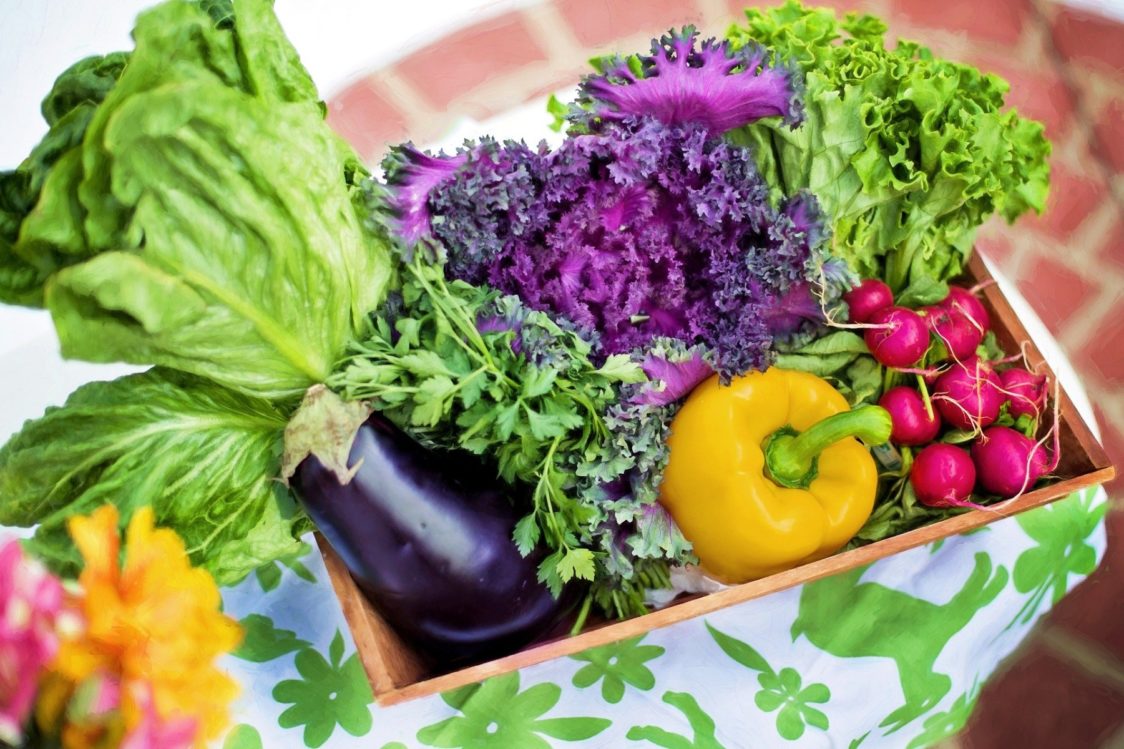
What do you remember from the article?
- Fruit and vegetables harvested before ripening may not be less nutritious than harvested after harvest.
- Fruits and vegetables, when torn off, draw nutrition from the nutrients for their tissues.
- Freezing does not necessarily cause the loss of nutrients in fruits and vegetables.
- Freezing fruits and vegetables is the safest way to prevent the spread of microorganisms.
- Blanching also has its advantages, and not all vitamins are 100% destroyed by it.
- Prolonged storage of fresh fruit can cause a decrease in vitamins.
- Minerals, fiber, carbohydrates, proteins and fats can be found in fresh, frozen and canned versions.
- Canned products are not bad, but if you are looking for a healthier option, you should check their salt and sugar content.

The most ideal source of vitamins, minerals and other nutrients is fresh fruits and vegetables, which you consume shortly after harvest. However, not all of us have a large garden from which we can always pluck ripe fruits. Fresh fruits and vegetables are great, but if you store them for a longer time, the nutrients will sooner or later disappear. Don’t worry about frozen and canned products, you can get certain vitamins from them as well. In addition, having a can of corn for pizza (of course, protein) or compote at home during a rainy day will come in handy.
The aim of the article was to point out the advantages and disadvantages of various forms of fruit and vegetables. We believe that you have learned everything you need to know about the differences between frozen, canned and fresh vegetables. Do you want your friends to know about frozen and canned alternatives? Feel free to support the article by sharing.
[1] Cynthia Sass – 5 Reasons This Nutritionist Buys Frozen Fruits and Veggies – https://www.health.com/nutrition/reasons-nutritionist-buys-frozen-fruits-veggies
[2] Michael Hull – Is there a difference between fresh, frozen, and canned vegetables? – https://examine.com/nutrition/fresh-vs-frozen-vs-canned-vegetables/
[3] Jessica Brown – Tinned and frozen fruits and vegetables tend to be seen as less nutritious than fresh versions. But that’s not always the case. – https://www.bbc.com/future/article/20200427-frozen-fresh-or-canned-food-whats-more-nutritious
[4] Joy C Rickman, Diane M Barrett, Christine M Bruhn – Nutritional comparison of fresh, frozen and canned fruits and vegetables. Part 1. Vitamins C and B and phenolic compounds – https://ucanr.edu/sites/kingscounty/files/19187.pdf
[5] Natalie Digate Muth – How much difference is there in nutritional value between fresh and frozen fruits and vegetables? – https://www.acefitness.org/education-and-resources/lifestyle/blog/859/how-much-difference-is-there-in-nutritional-value-between-fresh-and-frozen-fruits-and-vegetables/
[6] Joy C Rickman, Christine M Bruh, Diane M Barrett – Nutritional comparison of fresh, frozen, and canned fruits and vegetables II. Vitamin A and carotenoids, vitamin E, minerals and fiber – http://ucce.ucdavis.edu/files/datastore/234-778.pdf
[7] Mary Jane Brown – Fresh vs Frozen Fruit and Vegetables — Which Are Healthier? – https://www.healthline.com/nutrition/fresh-vs-frozen-fruit-and-vegetables
[8] Mary Margaret Chappell – Blanching 101: How to Blanch Vegetables and Fruits – https://www.forksoverknives.com/how-tos/blanching-101-how-to-blanch-vegetables-and-fruits/#gs.7a7rb8
[9] Freezing – https://nchfp.uga.edu/how/freeze/blanching.html#:~:text=Blanching%20cleanses%20the%20surface%20of,makes%20them%20easier%20to%20pack
[10] Sage Kalmus – Nutrients in Vegetables After Blanching – https://www.livestrong.com/article/528167-nutrients-in-vegetables-after-blanching/
[11] Fresh, Frozen or Canned Fruits and Vegetables: All Can Be Healthy Choices! – https://www.heart.org/en/healthy-living/healthy-eating/add-color/fresh-frozen-or-canned-fruits-and-vegetables-all-can-be-healthy-choices


Add a comment